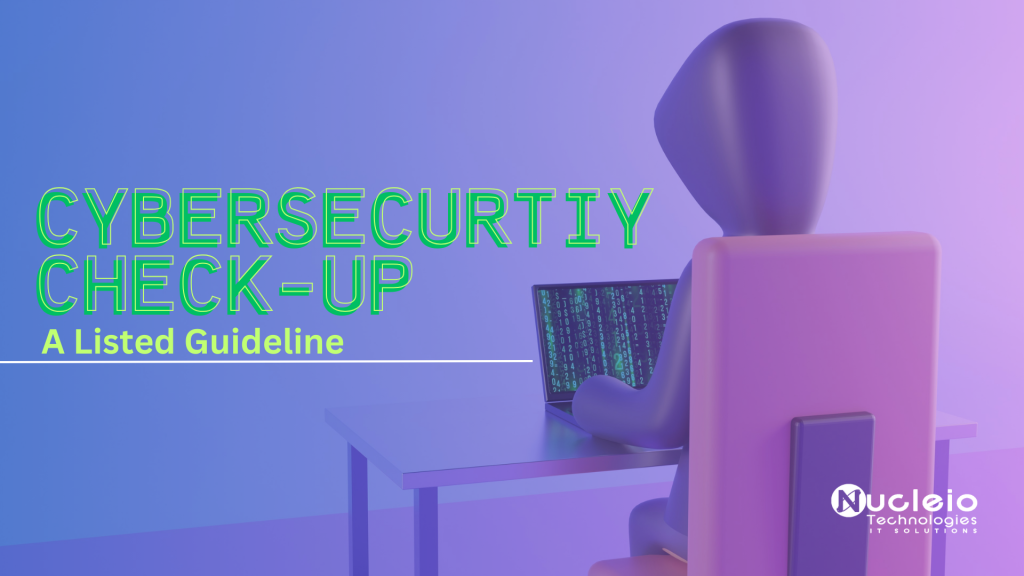Cybersecurity is the proactive protection of computer systems, networks, and digital information against theft, damage, or unauthorized access.
It involves utilizing technologies, processes, and measures to secure digital data, prevent cyberattacks, and uphold the confidentiality, integrity, and availability of information in the digital domain.
Employing tools like encryption, firewalls, antivirus software, and multi-factor authentication, defends against a range of cyber threats, including malware, phishing, hacking, and various forms of cybercrime.
Importance and Goals
As people, businesses, and governments rely more on technology for communication, transactions, and data storage, the threats of cyberattacks have significantly increased.
Cybersecurity is vital for protecting confidential information, financial assets, and critical infrastructure from unauthorized access, data breaches, and malicious actions.
Its objective is to establish a secure and resilient digital environment, shielding individuals, organizations, and governments from the ever-evolving and widespread landscape of cyber threats.
With the continuous evolution of technology, the significance of cybersecurity grows, underscoring the necessity for strong measures to guarantee the durability and security of digital systems and networks.
How to Conduct a Cybersecurity Checkup
- Review and Update Passwords
- By periodically changing passwords and adopting strong, unique combinations, users can significantly enhance the security of their accounts.
- Update Software and Applications
- Updates frequently introduce new features, improvements, and compatibility enhancements, ensuring users benefit from the latest advancements in technology.
- Check Device Security
- Regular checks of device security involve implementing measures such as setting strong passwords, enabling biometric authentication, and keeping security software up to date.
- Review Privacy Settings
- This arises to maintain control over the information shared, limit access to personal data, and safeguard against potential misuse.
- Backup Data to local or Cloud
- Local backups provide an immediate solution for quick data recovery in case of hardware failures or localized incidents.
- Cloud backups offer an additional layer of protection by storing data offsite.
- Secure Wi-Fi Networks Through Encryption
- Encryptions, such as the advanced WPA3 standard, serve as a formidable barrier against unauthorized access and potential cyber threats.
- Implement a Virtual Private Network (VPN)
- Create an Incident Response Plan
- An IRP serves as a structured framework outlining the steps to be taken when a cybersecurity incident occurs, guiding organizations through the identification, containment, eradication, and recovery.
Let’s champion a digital revolution! Cybersecurity isn’t just a shield; it’s our proactive armor in the evolving digital realm. Safeguard your data, privacy, and interactions. Embrace cybersecurity not out of necessity but as a dynamic force shaping a secure digital tomorrow. Be the vigilant guardian of your digital world – let’s thrive securely!
For more awareness on cyberattacks:
https://www.nucleiotechnologies.com/when-on-the-internet-beware-of-cyberattacks/

